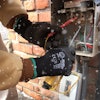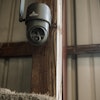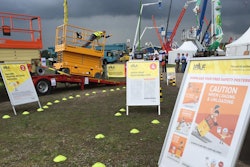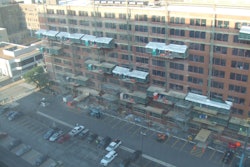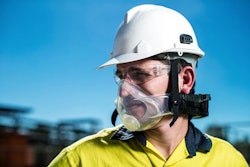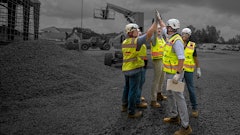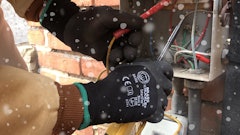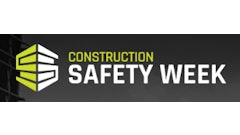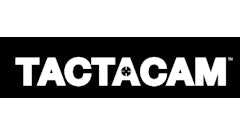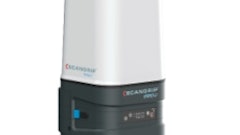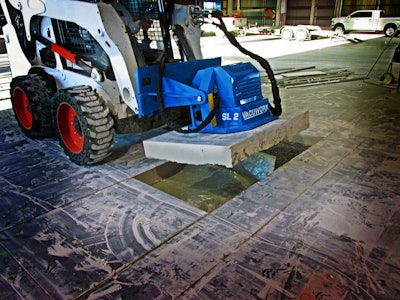
Silica dust has been recognized for decades as an occupational health concern. Made up of microscopic particles typically at least 100 times smaller than ordinary sand, silica dust is commonly found in materials associated with construction-related activities.
OSHA requires employers to limit worker exposure via the use of engineering controls, work practices or respiratory protection. With the identification of 18 common construction-related jobs, OSHA specifies exposure control methods to protect workers from crystalline silica, focusing on equipment type and duration of the task at hand.
Types of engineering controls for silica include wet methods and local exhaust ventilation, as well as process isolation. Work practice controls involve performing a task in a manner that prevents or reduces the likelihood or levels of exposure by decreasing the quantity of airborne dust. Administrative controls revolve around limiting time spent working with or in close proximity to the material.
For multiple concrete contractors interviewed by Vacuworx, vacuum lifting systems have been identified as a viable alternative to drills and jackhammers when lifting and handling concrete slabs. Here's a look at some innovative ways that companies are tackling the silica issue:
Limiting the number of cuts
The use of walk-behind or handheld saws in enclosed areas is an example of one demolition-associated situation where protective measures need to be taken. OSHA states such saws should be equipped with an integrated water delivery system that continuously feeds water to the blade. In addition to this method, respiratory protection may be required – especially when cutting indoors, in enclosed areas or for an extended period of time.
In many cases, contractors who use vacuum lifting equipment have reported the elimination of their need for dust-generating tools. With fewer saw cuts required since the concrete can be handled in larger pieces, adding vacuum lifting to the mix can help limit the amount of silica dust that would otherwise be released in the air. In addition, slabs can be removed with greater efficiency, which reduces the amount of time that workers may be exposed to environments in which silica dust is present.
Eliminating the need for hammers and drills
Vacuum lifting can be used as an alternative to anchors, shackles or hammers as concrete may be cut into larger, more uniform pieces that can be lifted out without the drilling, prying or breaking associated with conventional methods of removal. “The problem with hammering concrete is it goes into a million pieces,” says Dave Weston with Blade Runners. “The jackhammer causes too much dust, and labor. Now they can keep it in one piece.”
It is estimated that 1 million construction workers are exposed to respirable crystalline silica dust. All contractors engaging in activities that fall under OSHA’s silica rule are required to take measures to keep workers safe by reducing the quantity of hazardous dust they may inhale. Otherwise, they face the possibility of stiff penalties or costly fines for failing to comply.


